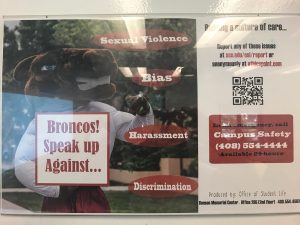For my multimodal project I decided to expand upon my researched argument and work to prove the points that I made in it even further. At first I was stumped because I know that race is a touchy subject that students tend to shy away from talking about.

Source: Giphy
I wanted my project to be approachable but powerful. Even though what is discussed in my video might make some people uncomfortable, the importance of it’s message should not be lost. I assumed my audience would be mostly students because I pictured it in a social media setting. Because of how quickly information can be spread and shared on social media, I wouldn’t be surprised if the video eventually reached faculty, staff, administrators and individuals at other schools.

Source: Giphy
After our library session, I knew that I wanted to use Camtasia. I thought that a well edited video would be both effective and interesting. Personally, I think students are more likely to click on a video rather than read through a page of information. After deciding on creating a video, I was reminded of a video one of my friends in Igwebuike made about the personal experiences of minority Santa Clara students. Her video entitled #IAMSCU showcases brief instances in which students felt discriminated against on campus. I was so excited to be able to utilize her video because it related completely to my researched argument. Even though I focused on the voices of past SCU students and minority students across the nation, the voices of current SCU students are no less important. Including them in the video strengthened the argument that I closed my essay with. “So while SCU might be just a small, private university in Santa Clara, California, it is obvious that the influence of our nation’s ideals and values have infested it, and many other college campuses across America.” Speaking of how my video related to my researched argument, I also included the issue that lies within being a Jesuit education and promoting ideals of equality and compassion while simultaneously maintaining a (somewhat) hostile environment between students. I used SCU’s vision statement straight from the website to highlight the values first, and then followed them immediately with the experiences of students to demonstrate how those two factors didn’t align. I also used the voiceover feature in Camtasia to connect the videos together.

Source: Giphy
I had a little bit of trouble figuring out the mechanics of editing. The end product seems seamless, but a lot of work went into transitions, cropping, editing and music and sound levels. After this project I have a lot more respect for individuals who produce influential pieces of media. So much effort and thought is necessary to produce compositions like these, and too often they are overlooked. This project not only helped us to develop our own arguments, but also instilled in us a larger level of appreciation for multimedia projects that send similar messages.

Source: Giphy























